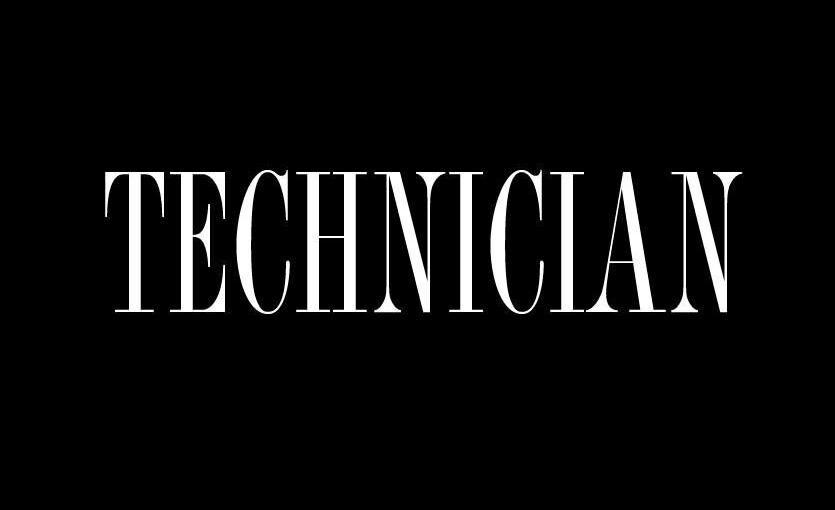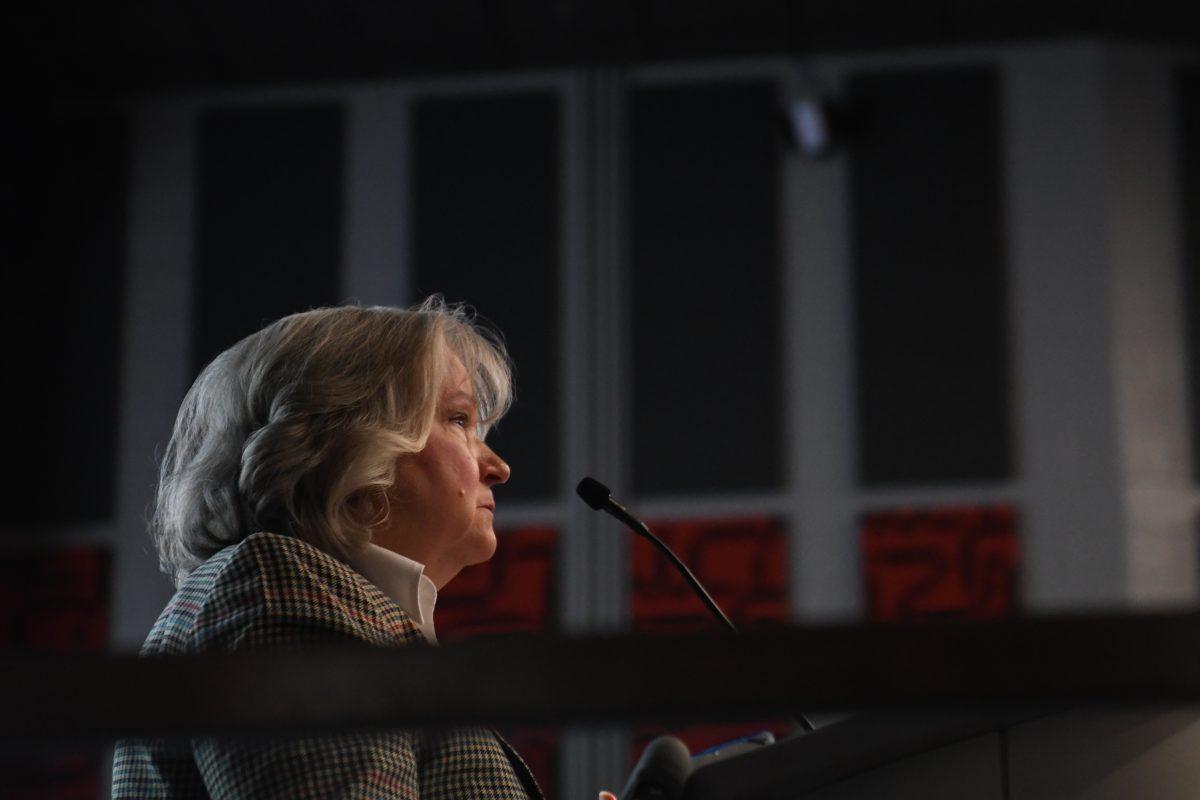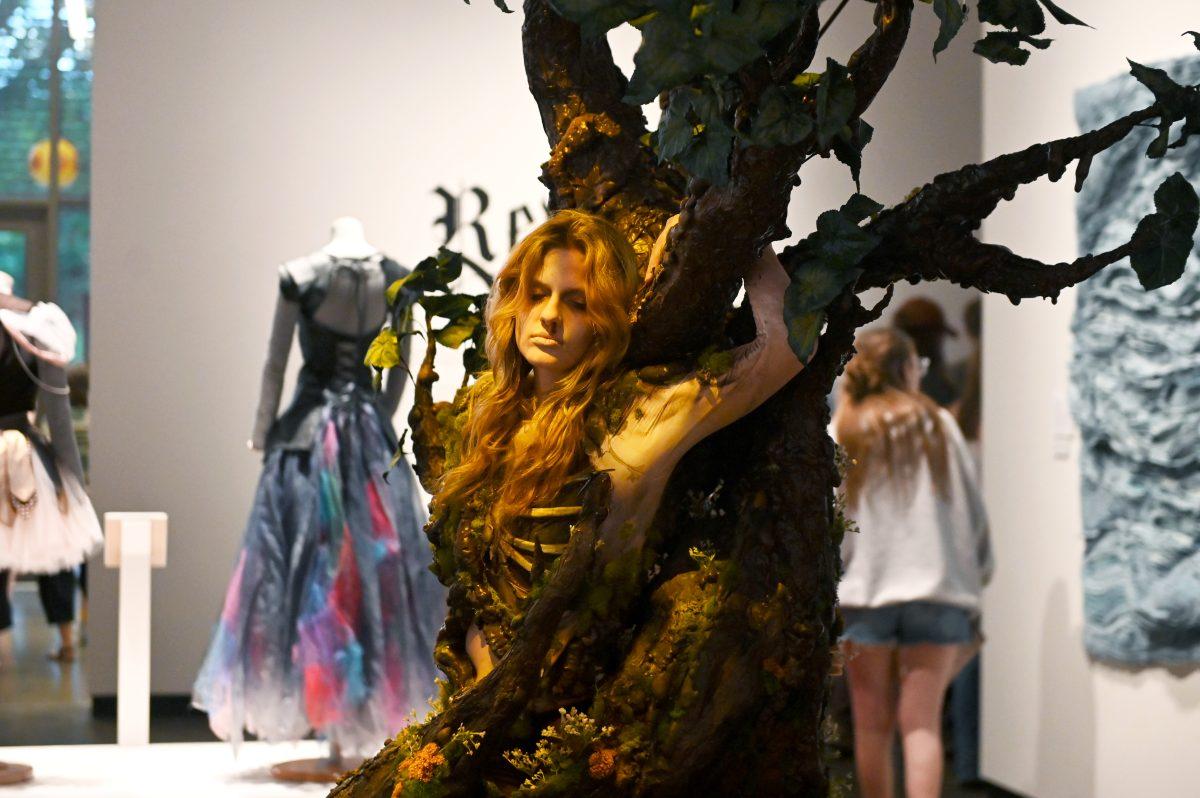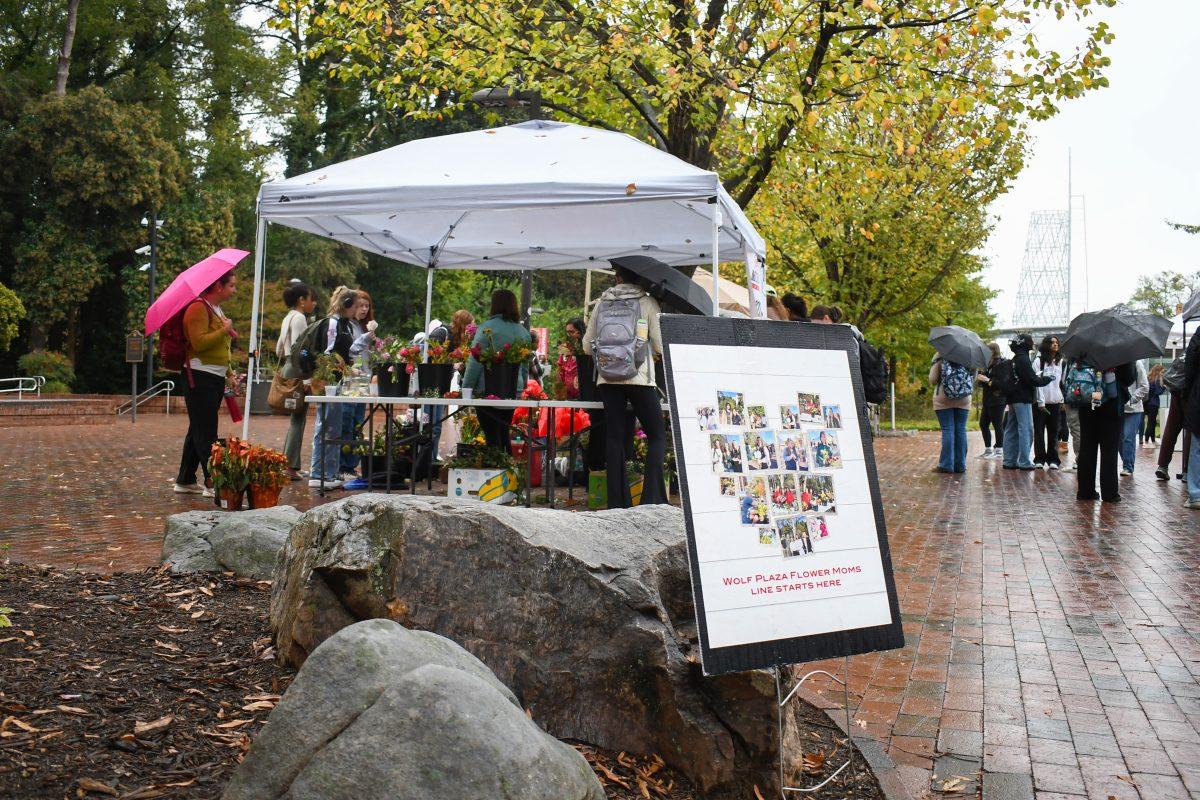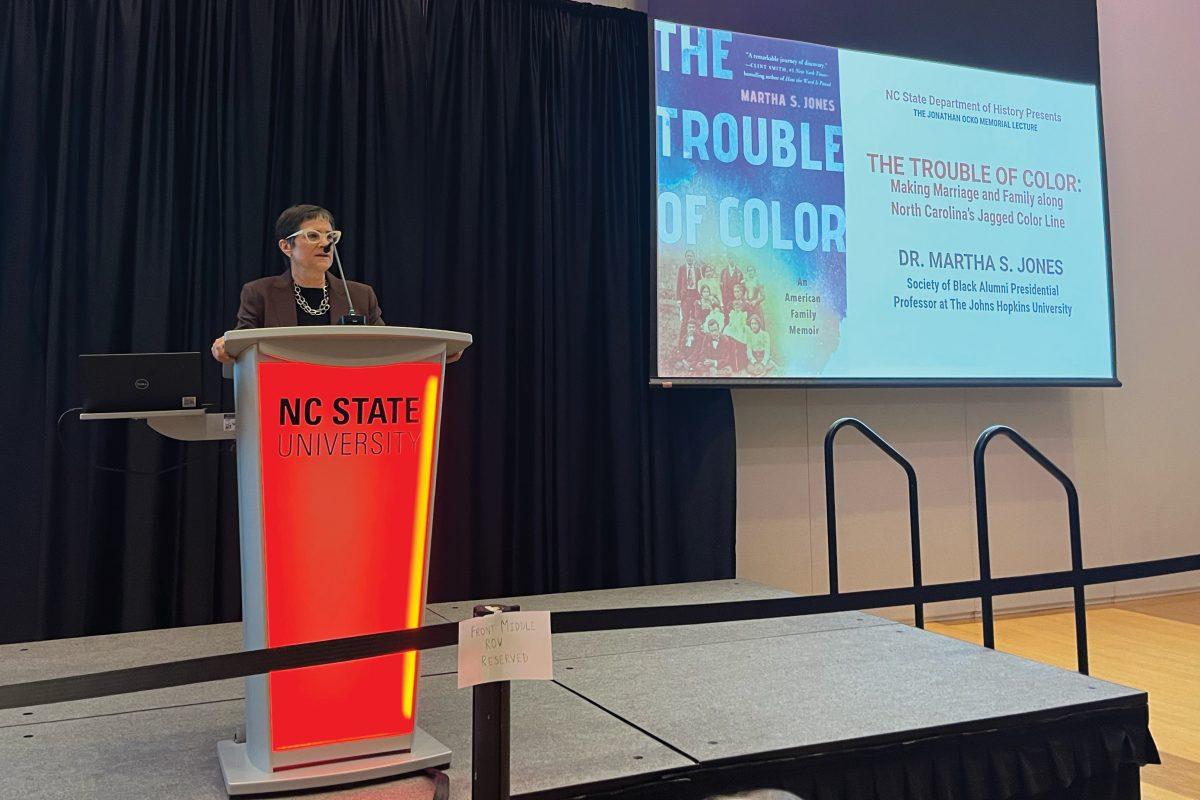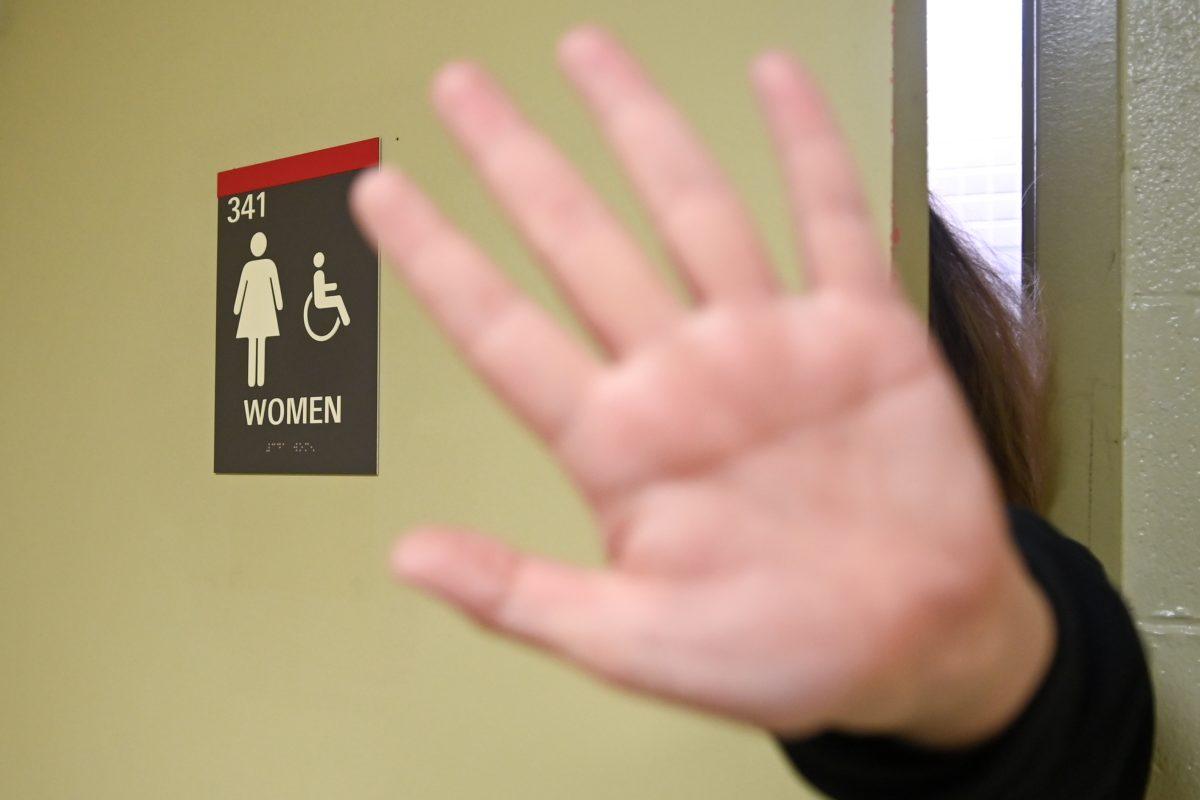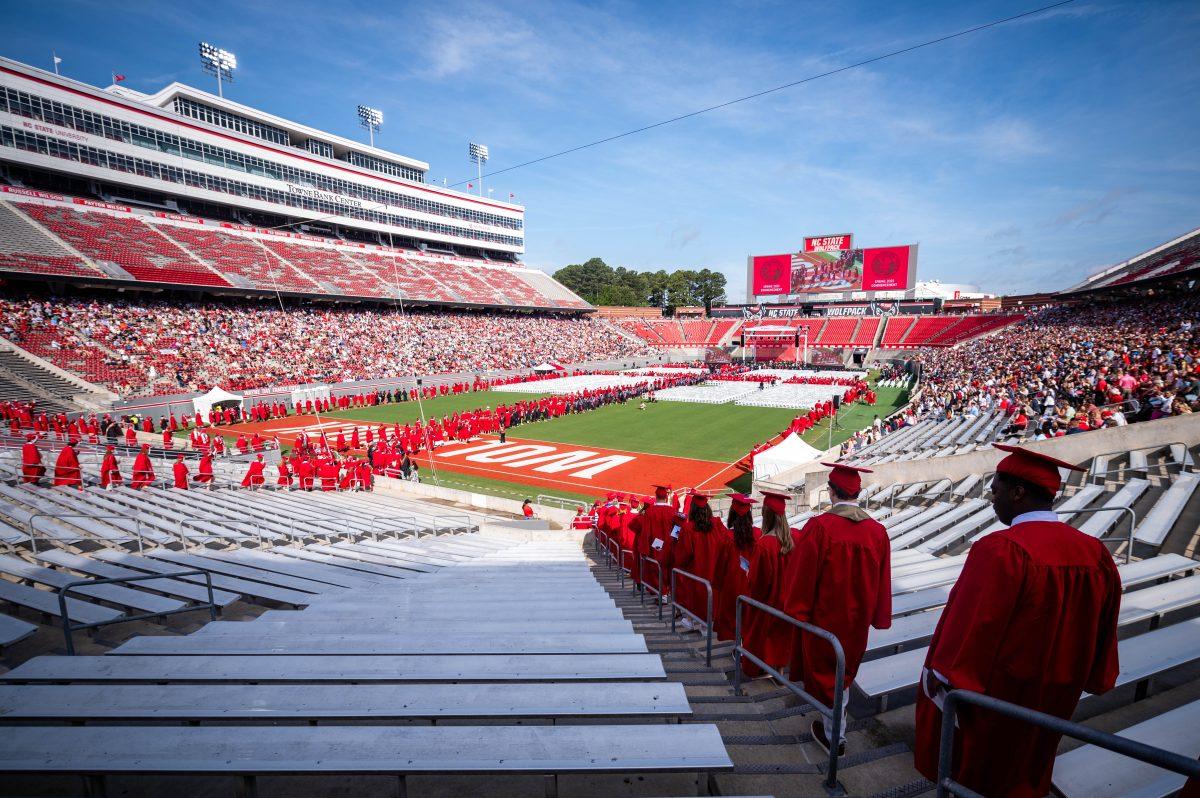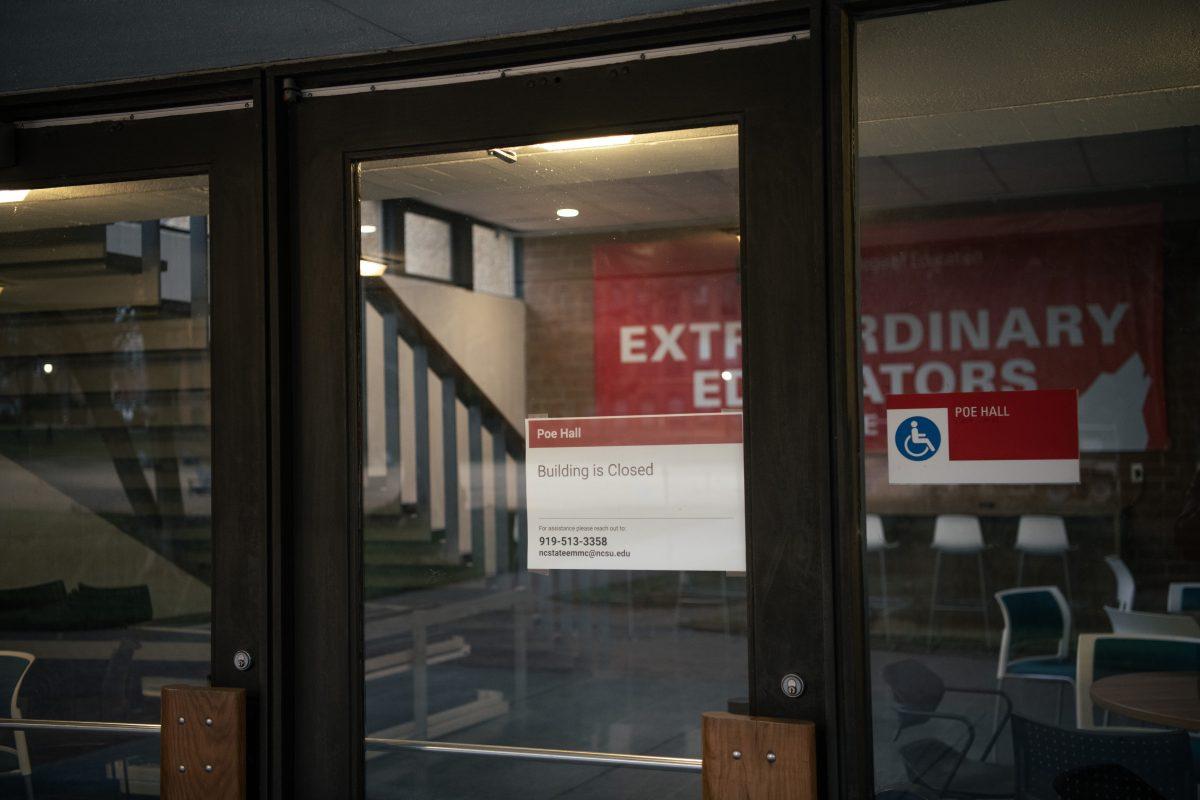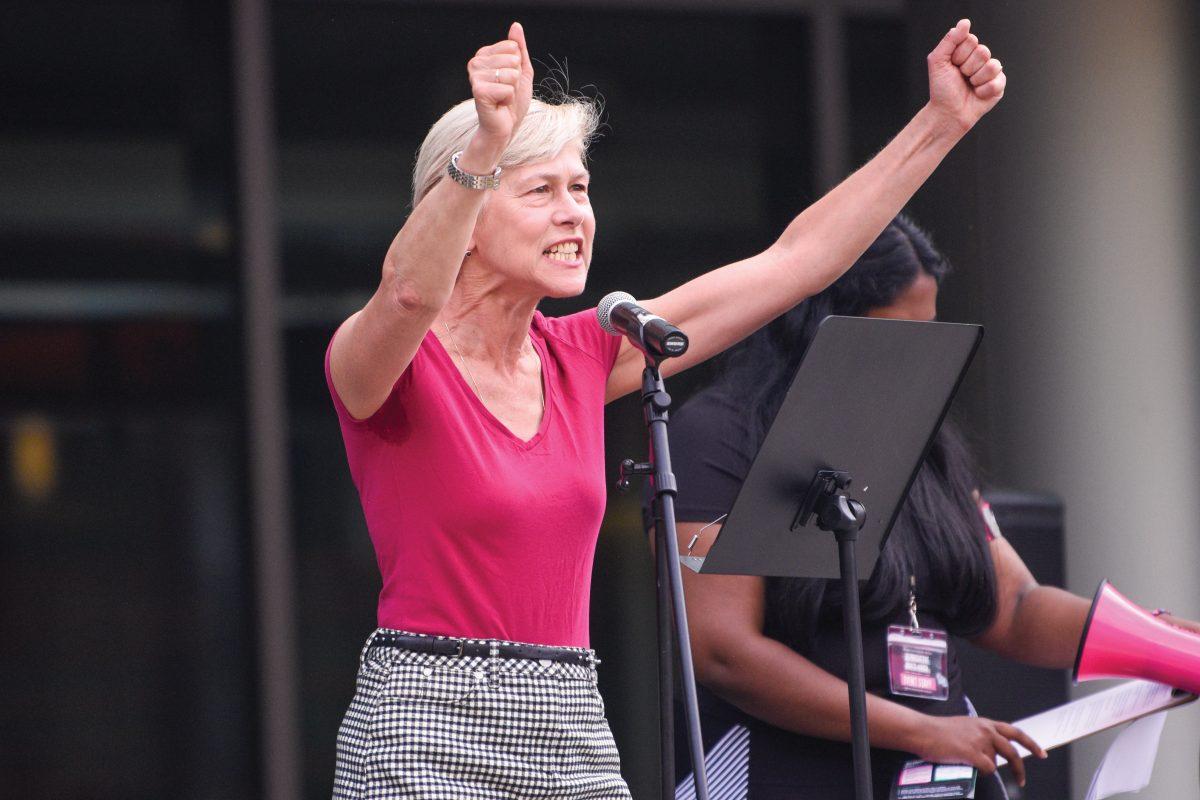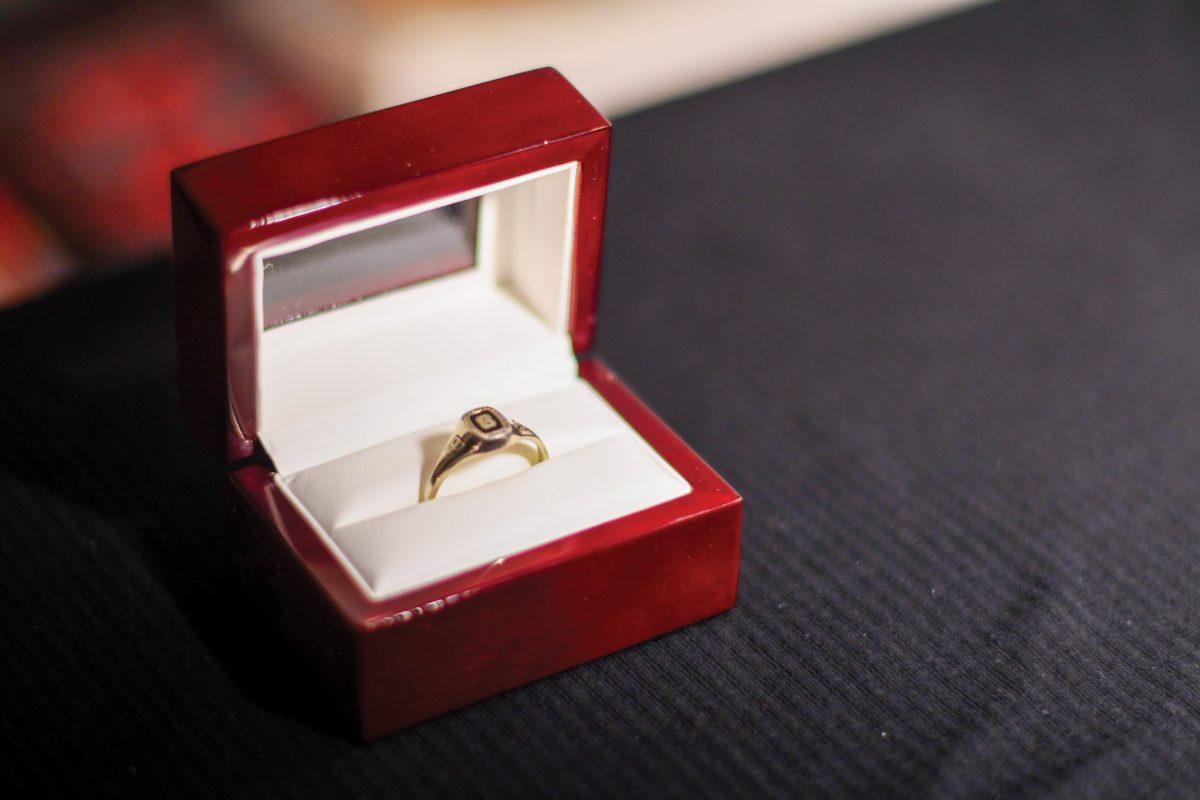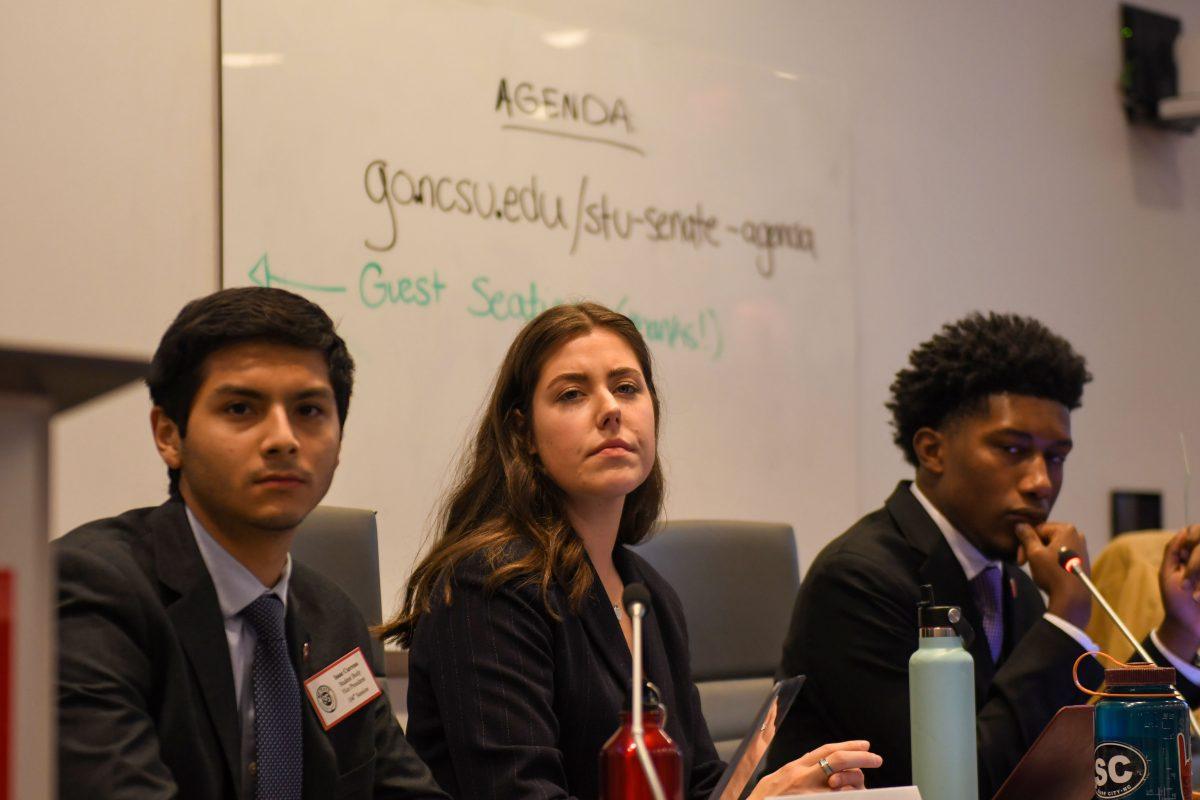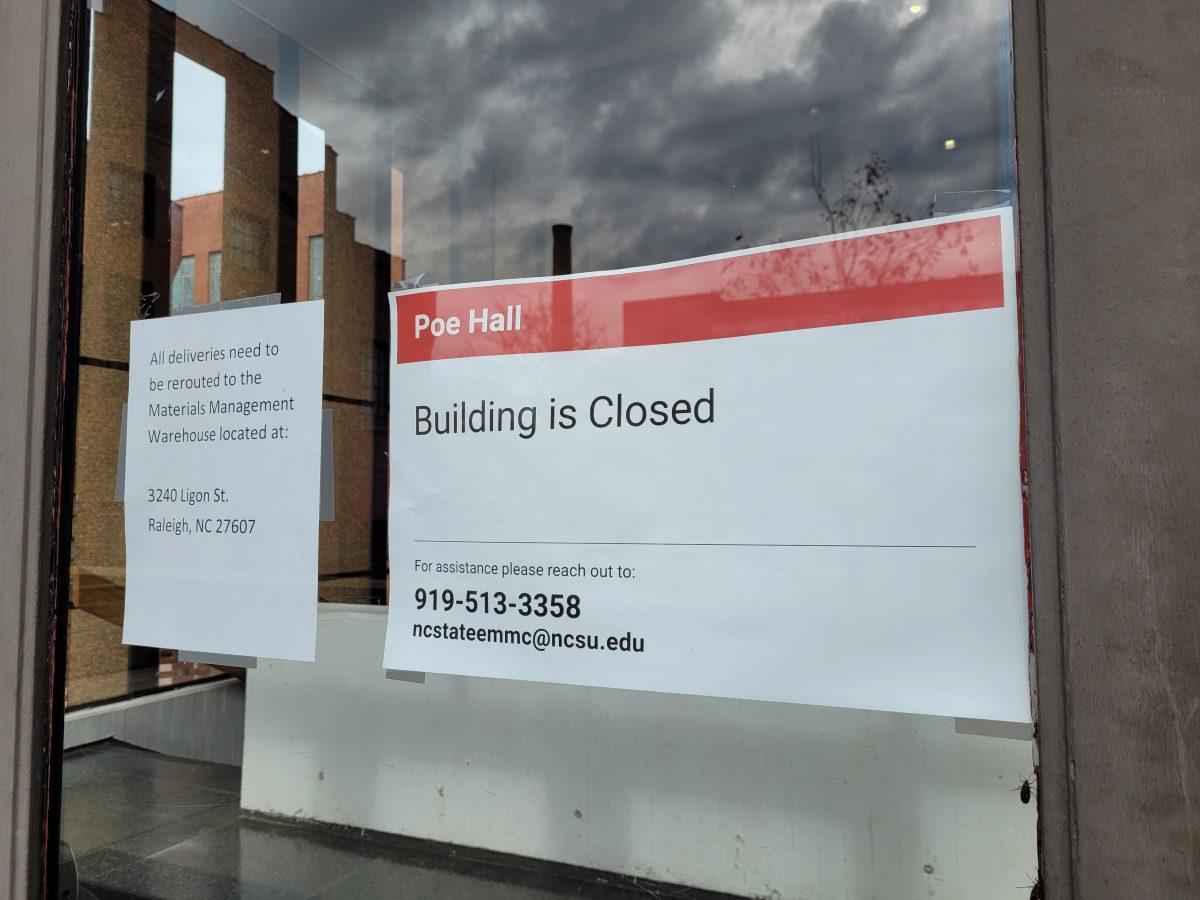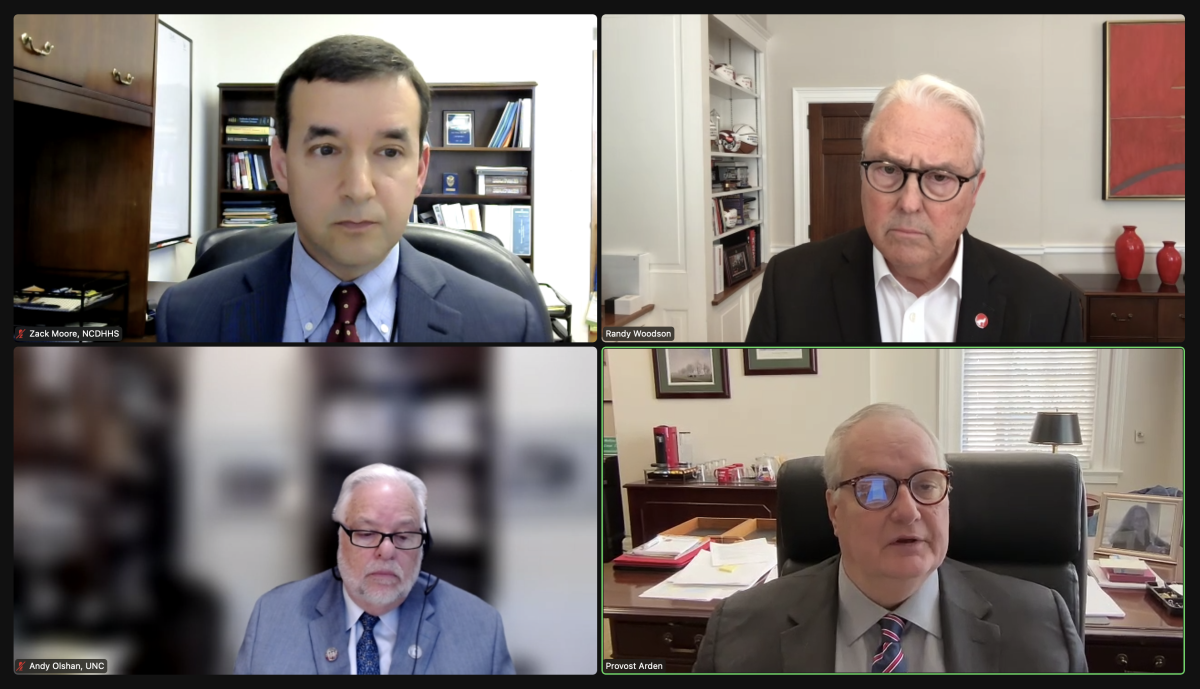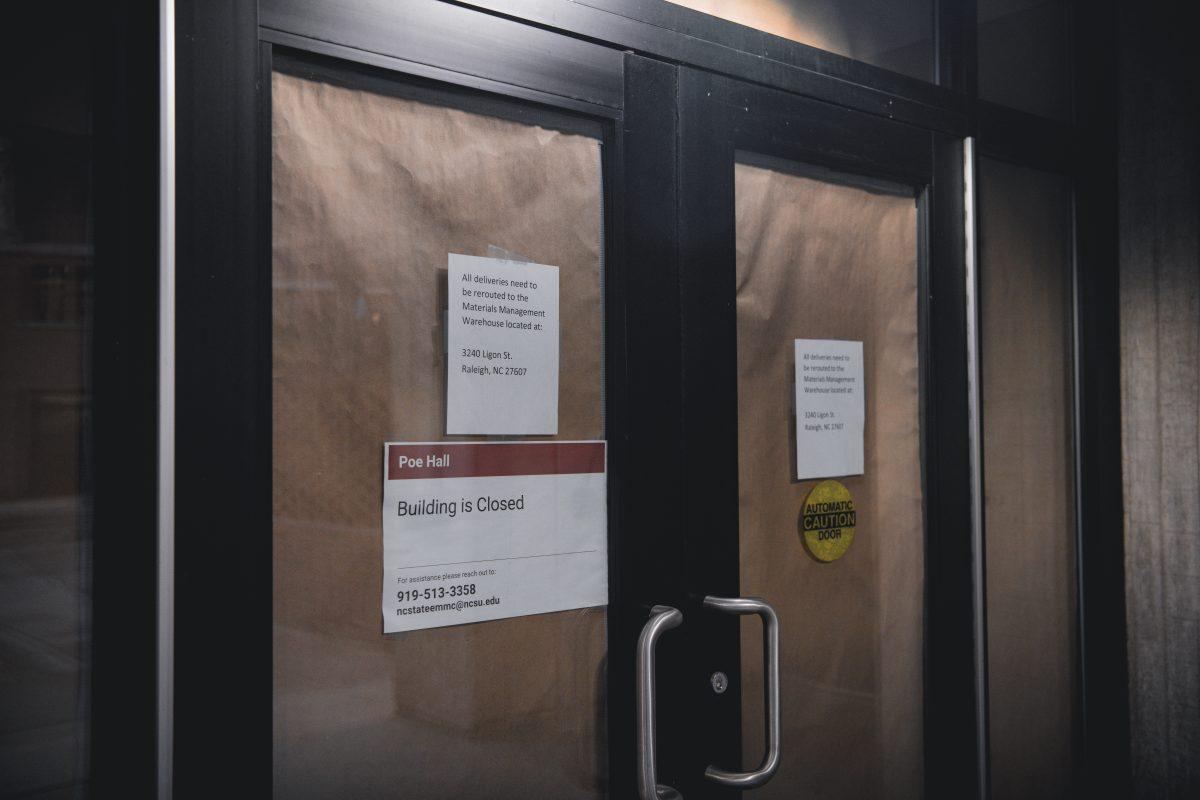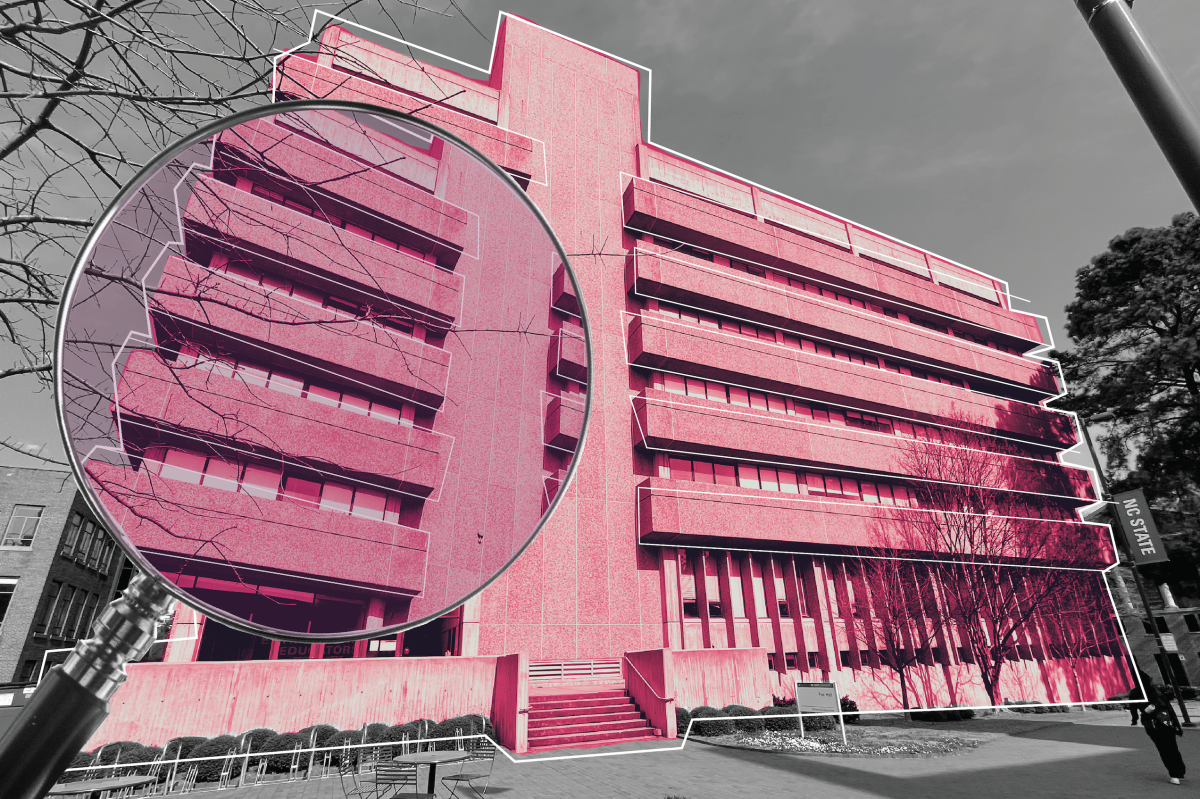The Campus Community Alliance for Environmental Justice, or CCAEJ, held a PCB teach-in event at Witherspoon Cinema on Jan. 30, featuring several key speakers with the goal of educating attendees about PCBs on campus.
The CCAEJ is a student-led coalition formed in response to NC State’s handling of PCBs in Poe Hall. In November, the group delivered a petition with 1,300 signatures to Chancellor Randy Woodson outlining six demands for the University’s response to Poe Hall and other campus buildings.
One of the event’s speakers was Linda Birnbaum, a board-certified toxicologist and former director of the National Institute of Environmental Health Sciences and the National Toxicology Program. Birnbaum delved into the science behind PCBs and the lifelong effects the chemicals present.
PCBs, or polychlorinated biphenyls, refer to man-made chemicals that were used in building materials before the U.S. Environmental Protection Agency banned their manufacturing in 1979. The International Agency for Research on Cancer classifies PCBs as a known human carcinogen, the same classification as asbestos and tobacco.
“Guess what happens when you inhale a particle?” Birnbaum said. “You actually swallow it. And when it gets into your GI tract, it gets absorbed into the blood, into the liver and it goes throughout your body and it stays around. That’s one of the huge issues with PCBs — they don’t go away once you get them in you.”
PCBs are associated with causing a variety of health conditions, including both cancer and non-cancer-causing health effects. This includes effects such as endocrine disruption, neuro and immunotoxicity and also developmental and reproductive conditions.
Eric Martineau, a fourth-year studying environmental science and plant biology and emcee for the night, said he hopes the ultimate takeaway from the event is to take action.
“I think it’s really easy to walk away from this feeling scared or sad, or just a lot of negative emotions,” Martineau said. “And the most important thing I want people to walk away with is turning those negative emotions into action. I want someone to do something.”
Martineau said the CCAEJ has six demands which boil down to three main requests: NC State independently test all buildings on campus built between 1950 and 1979, NC State provide compensated testing for occupants in buildings that tested positive for PCBs and have NC State contact and alert individuals who spent time in PCB-positive buildings of their elevated cancer and adverse health risk.
In addition to educational content, there was a personal testimony by Sandy Alford, an NC State alumna who studied in Poe Hall. Alford was diagnosed with breast cancer in 2021.
“To this day, no one from NC State University has offered, or even when approached, has offered to sit down and talk to us,” Alford said.
According to the timeline the CCAEJ handed out to attendees, it is estimated that 500 people have “connected their life-altering health diagnoses to the time they spent in Poe Hall.”
One of Alford’s biggest concerns is that of alumni.
“I’m not covered by worker’s compensation like faculty and staff,” Alford said. “I have no legal standing, and you won’t either. Once you graduate, God forbid, if you are ill, you will be in my shoes and you will have no legal standing other than to go for an attorney.”
Concerns were also raised for Raleigh citizens’ safety following NC State’s announcement of Poe Hall’s remediation and reconstruction plans.
Another speaker at the event was Rev. Bill Kearney, an associate minister and health ministry coordinator from Warren County, where, in 1982, the state of North Carolina dumped truckloads of PCB-contaminated soil into the predominantly Black community. As a result of protests, legal action and citizen response, the community is now known as the birthplace of the environmental justice movement.
Kearney’s message to attendees was one of allyship.
“My work was to help people who felt like they didn’t have a voice realize that they did have a voice,” Kearney said. “And they had to come out of the safe spaces with allies to stand up against a system that’s supposed to be protecting them.”
The event also featured a virtual interview with David Carpenter, a professor at the College of Integrated Health Sciences at the University of Albany, who has done extensive research on PCBs.
For concerned students, CCAEJ and keynote speakers encouraged attendees to talk to those who pay for their tuition.
“I’ve told [students] to go and talk to their parents because the parents are going to get a lot of attention because they write the check,” Alford said. “Whoever, wherever that money is coming from, talk to them. The money has the power, and you have a voice.”
The CCAEJ also highlighted the importance of speaking with the Board of Governors and the chancellor search committee to raise concerns surrounding environmental justice and safety as NC State selects its next chancellor.
“I want everyone to know about this,” Martineau said. “I want this to be on the front page of Technician. This is the story of NC State. This is what’s going to be dominating the conversation for the rest of 2025.”
The CCAEJ provided resources for students interested in attending future events and taking action. For individuals interested in joining the CCAEJ, the group has a sign-up form and newsletter.

